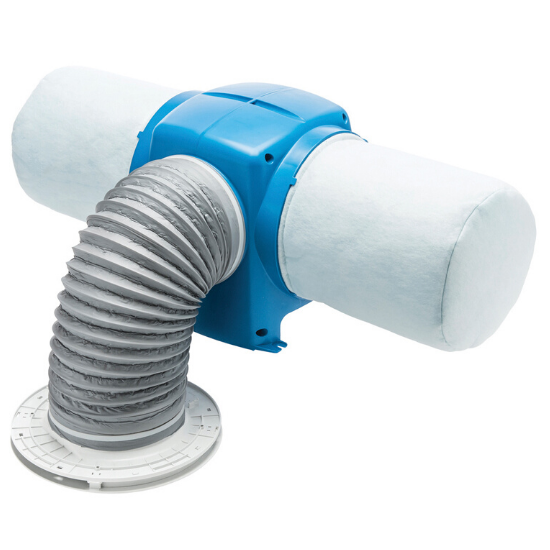
There's Something in the Air
Everyone loves the warmer months, but for those with allergies, it can be a miserable time. Many hay fever sufferers now have to face the battle between wanting to open windows and welcoming in fresh spring air – and the inevitable invasion of sneeze-inducing pollen.
Summer is officially on its way!
Hay fever now affects around 1 in 5 people in the UK and is caused by an allergy to pollen. Hay fever can be triggered by pollen from many different plants and grasses and has three main phases between January and September*:
Tree pollen – Released during spring.
Grass pollen - Released during the end of spring and beginning of summer.
Weed pollen – Released late Autumn.
*Data taken from NHS
The Causes and Symptoms Of Hay Fever
- Itchy eyes and throat
- Sneezing, blocked/runny nose
- Altering, red eyes (allergic conjunctivitis)
- Headaches and blocked sinuses
- Shortness of breath
- Tiredness
These symptoms may become more severe when the pollen count is high. Hay fever can run in families, and if you suffer from asthma or eczema, you are more likely to develop hay fever. Hay fever sufferers are also more likely to develop asthma or eczema as well. Even though hay fever doesn't pose a severe threat to health, it can harm a person's quality of life. People with very severe hay fever often find that it can disrupt their productivity at school or work.
Tips For Easing Hay Fever Symptoms
There is no current cure for hay fever, but most people will be able to manage their symptoms by taking some basic self-help precautions, such as:
- Taking a shower and changing your clothes after being outdoors to remove the pollen on your body
- Keep windows and doors shut
- Staying indoors when the pollen count is high (over 50 grains per cubic metre of air)
- Installing a ventilation system that will help filter out pollen, stopping it from entering your home

Drimaster
Creating a Healthy Indoor Environment
Even when inside, allergy sufferers have to be mindful that external pollutants can enter the home. This can be through open doors, windows, and trickle vents, but there are less obvious entry points. Every home has thousands of tiny gaps through which unfiltered air can enter.
Effective ventilation systems can filter out larger particles, such as pollen, preventing them from entering the home. Having a ventilation system in place means there’s no need to open the window, which can cause a problem for those who suffer from pollen allergies.
Written March 2019
